Let’s all agree we’re not returning to work. (The fact is, we’ve been working all along.)
With that off the table, the debate rages on about a return to the physical office. But more importantly, progressive organizations are taking this opportunity to consider the best ways to recruit, engage, and motivate teams in today’s new workplace reality.
As we think through this management challenge, you may want to think about the concept called, “Shifting Baseline Syndrome”. No, it’s not a medical condition. While there are confusing and official definitions of this concept, it basically describes the scenario where an upstart situation persists long enough that one begins to recognize that scenario as the new world order.
We’ve experienced The Great Resignation.
A recent survey of nearly 1,300 Americans conducted by Resume Builder shows that about 23% of employees will seek new jobs in 2022. Other surveys put the numbers much higher. A tight labor market drives people to push for higher salaries and better benefits. They see that a flexible work culture leads to a better work-life balance. So “the grass is always greener” takes hold, and leads to The Great Resignation.
We now hear talk about The Great Regret.
A recent Harvard Business Review piece reported that 30% of people who left their jobs for greener pastures didn’t have a good outcome. Within only 90 days of employment, respondents to the survey said that they resigned due to “organizational culture and the mismanagement of workplace expectations.”
The career site, the Muse, conducted a study about this matter and found that about 72% of respondents replied that they were disappointed in the new role, and it was different from what they were led to believe during the interview process.
How do we retain people, maintain progress, and create excitement in today’s workplace?
So how do we save people from themselves? How does today’s future-looking organization move with the shifting baseline to satisfy and retain their people, ensure that culture survives, and productivity meets objectives?
As management and employees view the shift in perspectives from different seats, gaining alignment on a satisfactory approach to the workplace commitment becomes the key to tomorrow’s great workplace.
Recognition, rewards, and incentives can help piece the puzzle together.
Align Management and Employee Perspectives
According to The IRF’s 2022 Trends Report in January, 2022, while many incentive programs have traditionally focused on top performers and senior team members, incentive program owners are now working to close the gap between what tenured members of leadership teams value in terms of culture, and what their employees value.
It seems then, that it’s incumbent upon organizations to align perspectives of both leadership and employees. The best way forward seems to maintain a finger on the pulse of the employees in the organization, balancing the need for collaboration, creativity, and culture, and the expectation of a flexible work schedule and an enhanced work/life balance.
A few thoughts from Next Level.
- Listen and earn. Surveys for both employees and the managers closest to the front lines will shed light.
- Mind the baseline. While the obvious baseline shifts have come from the transition from the office to the home, minor shifts may persist, like the desire to again frequent the office for interaction.
- Install Recognition systems. Connect people’s behaviors and actions to your core values.
- Provide smaller, more frequent events and gatherings. Connect your people, partners or sales teams to your organization, and your teams to their teammates.
- Create Incentive programs. Keep sales teams motivated to perform on your behalf.
- Provide individual travel rewards. Be sure you not only thank your employees, or partners, but involve the family member or friend that has supported their success as well.
- Communicate frequently. Create an ongoing connection to your company, and its values.
The answers are out there, and we can help. What’s most critical is that together, we create a solution to the “problem” that contains the elements of fairness and reasonableness that are important measures of success.



